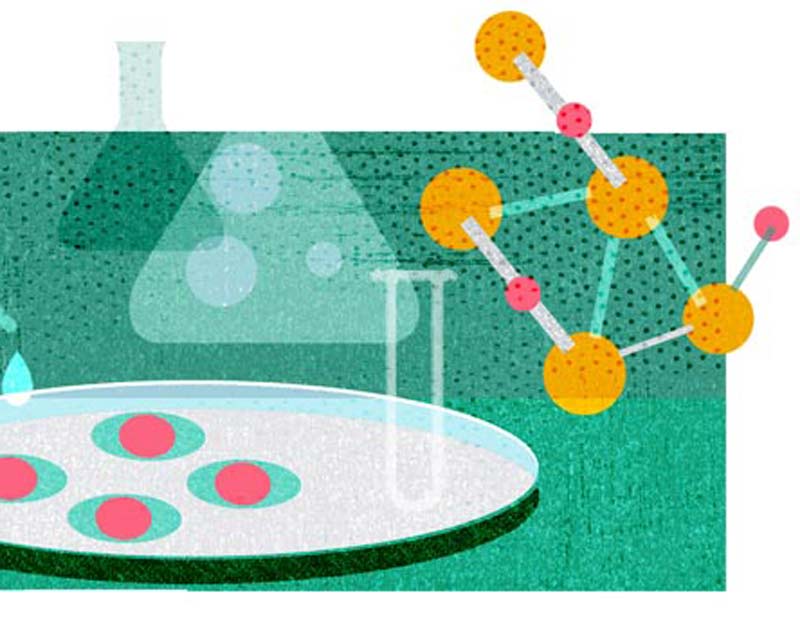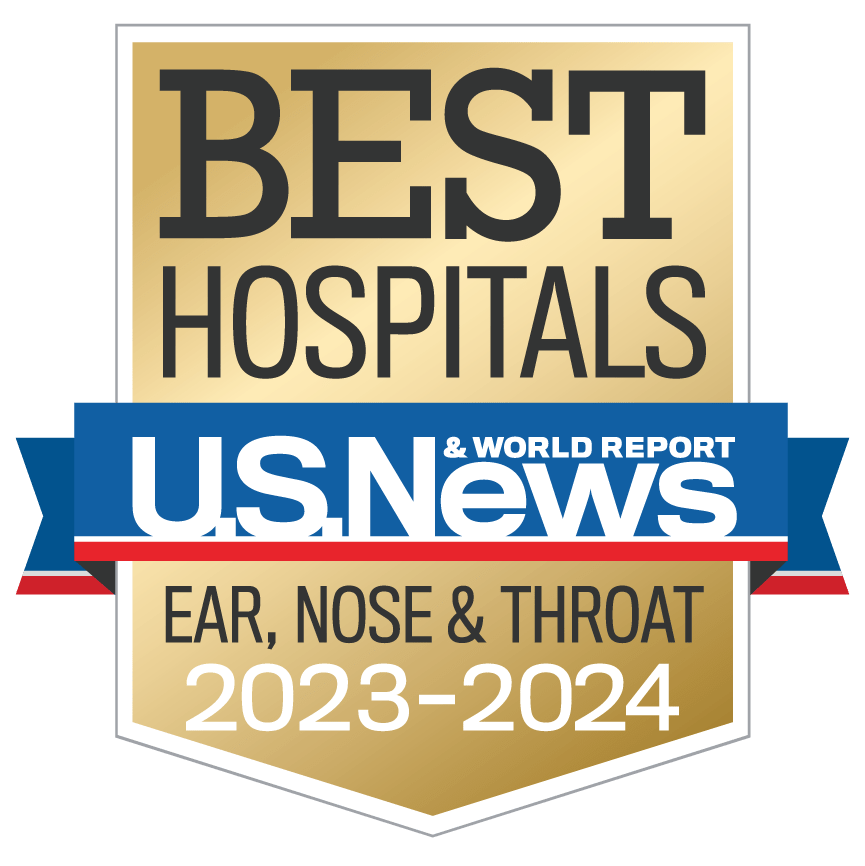 Tendy Chiang, MD, principal investigator in the Center for Regenerative Medicine at Nationwide Children’s Hospital and assistant professor in the Department of Otolaryngology – Head and Neck Surgery at The Ohio State University College of Medicine, has been awarded a $3.6 million R01 grant from the National Institutes of Health for his research in developing a tissue-engineered tracheal graft. This research is part of a larger movement to expand regenerative medicine.
Tendy Chiang, MD, principal investigator in the Center for Regenerative Medicine at Nationwide Children’s Hospital and assistant professor in the Department of Otolaryngology – Head and Neck Surgery at The Ohio State University College of Medicine, has been awarded a $3.6 million R01 grant from the National Institutes of Health for his research in developing a tissue-engineered tracheal graft. This research is part of a larger movement to expand regenerative medicine.
“Regenerative medicine is devoted to creating organ replacements with tissue that functions identically to the host. With an aging population, there’s a substantial need to develop solutions that do not rely on organ donors,” Chiang says. Specifically, Chiang’s grant will be used to assess the three-dimensional scaffolds that are most effective in regenerating cells to create a trachea.
Building on past work
This is not Chiang’s first grant related to trachea regeneration. He and his mentor, Christopher Breuer, MD, director of the Center for Regenerative Medicine at Nationwide Children’s Hospital, were awarded an NIH K08 grant to study the use of a synthetic graft in trachea tissue regeneration. Those studies led Chiang to focus on a partially decellularized tracheal allograft.
The new grant will allow Chiang and his team to explore this approach to tracheal replacement.
“Despite excellent outcomes in tracheal regeneration, we’re now developing methods to modulate the mechanical properties of these grafts in vivo. We’re modifying these grafts by combining them with resorbable biomaterials to stabilize the graft as it regenerates,” Chiang says. “We hope to find a solution for patients who may otherwise need autologous donor tissue for airway reconstruction.”
Collaboration to drive advances
Chiang will work with fellow researchers across fields to advance this project from the bench to the bedside. One of those partners is Kai Zhao, PhD, associate professor in the Department of Otolaryngology – Head and Neck Surgery. Zhao’s area of research is in computational fluid dynamics, which will help Chiang’s team evaluate how airflow through grafts influences the way grafts regenerate.
“There isn’t a precise, evidence-based method for measuring airflow in the trachea or how obstructions may be impacting that airflow,” Zhao says. “We’ve developed a method that involves taking a CT scan from the patient and overlaying the airway model. Then, we can construct a computational model that captures the geometry exactly based on that imaging.”
These models show the same information that would be provided via scope. The key difference is that a simulation can be added to see how air flows through the trachea.
“This allows us to visualize and quantify a more precise airflow from lack of resistance to how much stress is flowing through the blockage area. This method may potentially improve our assessment of correlation with outcome,” Zhao says.
“Mechanobiologic cues from airflow can influence the stem cell populations of the trachea,” Chiang says. “We anticipate that our collaboration with Zhao will inform us of strategies to modify graft dimensions to accelerate epithelial regeneration.”
Chiang’s research team also includes stem cell expert Susan Reynolds, PhD, principal investigator in the Center for Perinatal Research at Nationwide Children’s Hospital, and material scientist Jed Johnson, PhD, co-founder and chief technology officer at Nanofiber Solutions.
“Multidisciplinary collaboration is our strength,” Chiang says. “Regenerative medicine is a team sport and is critical to our progress toward new medical frontiers.”

2024 Year in Review
See how Ohio State is shaping the field of Otolaryngology – Head and Neck Surgery.

